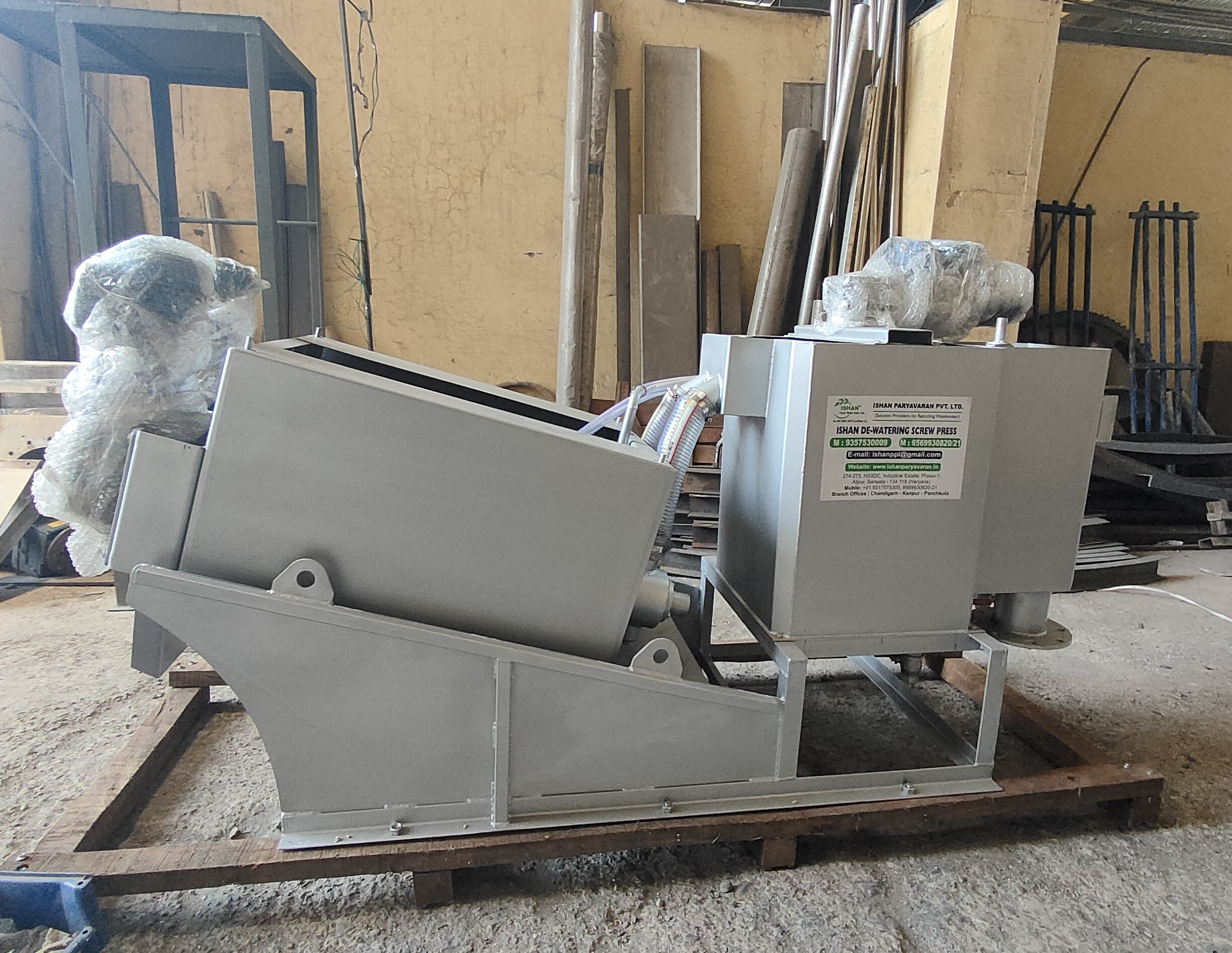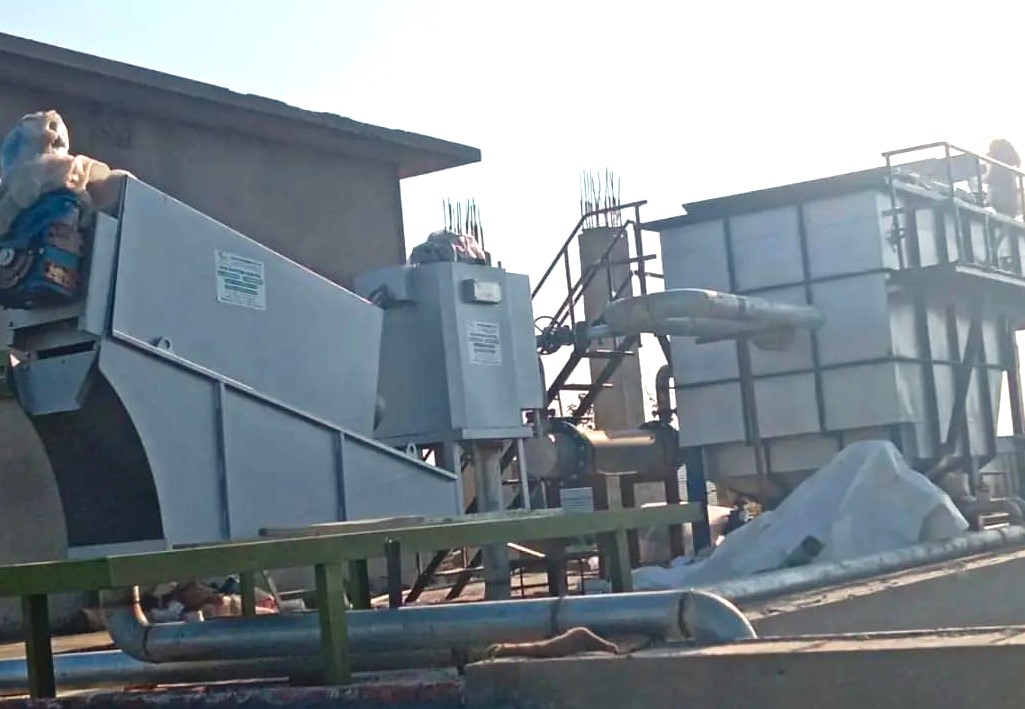
Screw Press Plant Overview
A Screw Press Plant is an essential infrastructure designed to efficiently dewater sludge, reducing its volume and facilitating proper disposal or further treatment. It utilizes a mechanical process to apply pressure to sludge, separating the liquid phase from the solid phase. Here's a breakdown of how a Screw Press Plant operates:
How It Works
- Sludge Introduction: Sludge enters the Screw Press Plant, typically after undergoing primary or secondary treatment processes in a wastewater treatment system.
- Pressing Stage: Within the Screw Press Plant, sludge is conveyed through a series of tightly spaced screws or rollers, applying mechanical pressure to squeeze out water from the sludge solids.
- Dewatering: As the sludge progresses through the press, the pressure exerted by the screws or rollers causes water to be forced out, resulting in dewatered sludge with a reduced moisture content.
- Discharge: The dewatered sludge, now with a higher solids concentration, is discharged from the Screw Press Plant for further processing, such as drying, incineration, or composting, depending on the specific application and regulatory requirements.
Through efficient sludge dewatering, Screw Press Plants play a critical role in minimizing the volume of sludge produced, lowering disposal costs, and optimizing the management of wastewater treatment by-products.

